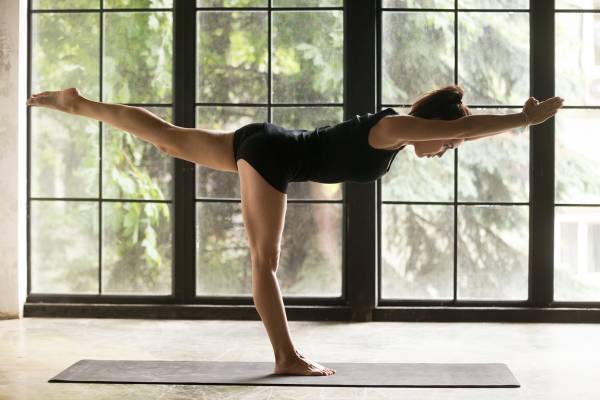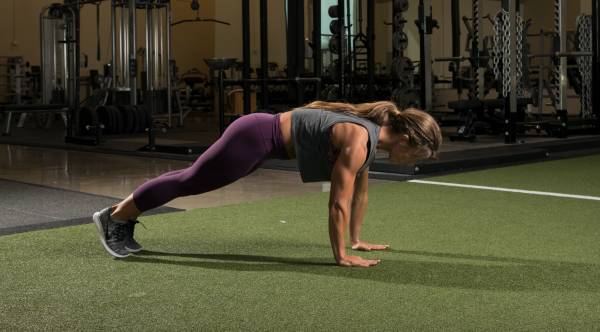Over the past couple of years, I’ve made it a priority to do yoga once a week–whether it’s taking a class, or doing poses in my hotel room when I travel. Yoga is a perfect complement to my weight-training regimen. It has a positive impact on muscle flexibility, range of motion, circulation, and stress.
There are many variations of yoga, and each one brings something different to the table. Bikram yoga, for example, is great when you need a sweat session without cardio equipment. Power yoga is strength centric and focuses on holding poses for long periods to help dial into the muscles. Despite their differences, each yoga style emphasizes the often-forgotten stabilizer muscles.
Stabilizer Muscles and Your Workout
We have two kinds of muscles in our bodies: the movers and the stabilizers. The movers, as the name suggests, create motion (think quads and arms). The stabilizers help prevent injury while the movers are in action. In yoga, you constantly challenge your stabilizer muscles. This is important because as the strength of the stabilizer muscles increases, the better your performance will be in the gym. Although the stabilizers are secondary in most lifts, they keep the primary working muscles steady so they can execute the moves properly.

One-legged yoga poses, such as tree pose and warrior 3, require balance, coordination, and a lot of glute activation—specifically the gluteus medius. The gluteus medius helps protect against hip and knee injuries, and it is a critical muscle for lateral movement in sports and lower body work.

Plank poses are known for developing core strength, but they also work the stabilizer muscles within the shoulder joint complex. Shoulder injuries seem to be one of the most common for lifters, likely due to poor form and weak stabilizer muscles. Performing various plank poses helps build the stabilizer muscles in your shoulders to help you minimize injury while you lift.
Strong to the Core
Yoga constantly challenges your core. And your core plays a significant role in your ability to lift heavy weight. For example, the lower back muscles (part of your core) help to stabilize the trunk when you deadlift and squat. Without strong stabilizer muscles, you could not lift heavy weight without breaking form or increasing your risk of injury.
Don’t neglect the dumbbells in favor of a yoga mat and meditation, but do branch out from the weight room and challenge yourself in a new way. The unexpected gains you’ll see from adding in a yoga class once every 7-10 days will leave you speechless.






